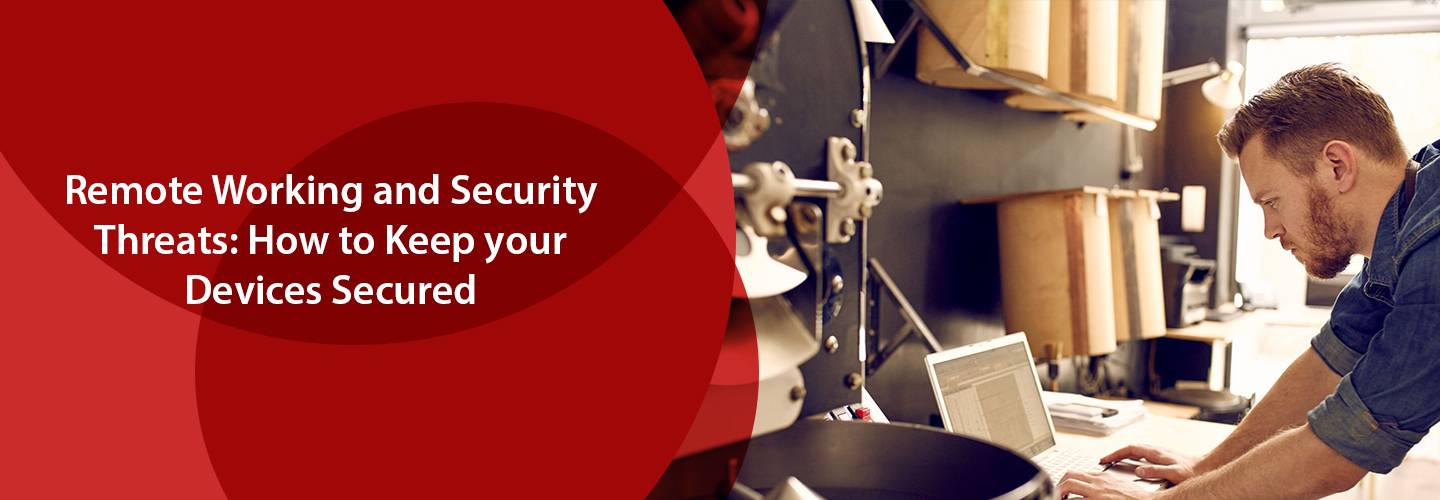
The quick spread of the coronavirus triggers an abrupt transition towards remote reworking. Organizations around the globe were not supportive of this quick shift in the mode of working. This was mainly because of security threats to their data.
It has been observed that remote workers tend to show higher negligence towards keeping their devices secured to protect the company’s data.
Coronavirus gave birth to remote working which is now known as the new normal, but there is still one thing that was not a by-product of the pandemic. And that is cybersecurity threats.
The first cyberattack ever recorded was in 1988. The Morris worm started to install itself on the computers, which resulted in computers getting infections and debilitating before finally crashing.
These attacks damaged 6,000 computers.
And now with more than half of the world using the internet, we can only assume how cyber society threats must have accelerated.
Here is a little insight into this:
According to the University of Maryland, hackers attack vulnerable devices an average of 2,244 times a day.
If you want to know about damage cyber-attacks causes to an organization, here is one more stat to clear the doubt:
An average cost of a data breach was $3.92 million in 2019, according to Security Intelligence.
Moreover, the health care industry alone in 2019 lost $25 billion to hackers, as per the reports of SafeAtLast.
Cyber Threats and Remote Working
According to VPN Brute Force, knowing about remote workers’ leniency towards cybersecurity during work from home, attackers now have a greater surface to practice their malicious activities.
The CyberSecurity Pandora Box of Remote Work reports that 48% of the respondents from the United States say that they are receiving phone calls, phishing emails, texts in a personal or professional capacity since they are working from home.
Another survey by the Next Caller found out that 44% of respondents noticed that they are receiving an increase number of calls, text, and emails for unknown sources during the pandemic.
One of these false attacks led to a French pharmaceutical company lose $7.25m to a fake purchase of and sanitizers and protective masks.
Phishing Attacks
The Cyber Security Pandora’s Box Remote Work says that employees working from home in the States reveals that they were hit by phishing emails each week since they are working remotely in the pandemic.
Moreover, hackers even imposed as WHO in the mail to trick the public into channel their donation to a fake fund.
Zoom became a victim of hackers attempt to impersonate Zoom Video Communications and lead users to infiltrate video sessions.
As per the Abnormal Security, these types of malicious emails are quite convincing. They include links to landing pages that are similar to what a user would expect from a Zoom website.
One quick way to protect your devices from malicious attacks is by fully securing it from your side.
First thing first, make sure you have reliable and strong internet service. There are a lot of options to choose from if you are living in the United States.
For Instance, Cox Cable Internet is one strong and reliable internet service provider that can assist you in making sure your work from home is performed efficiently and securely.
After this, make sure you do not log into unsecured networks but only use your home Wi-Fo to access your office-based devices.
Password Sharing
The US respondents in a survey were complacentin sharing their passwords. 23% of them admitted that they shared their passwords with a third party since they are working from home.
The only way to make sure that your devices are secured is by realizing that your password is just like your toothbrush, you are not supposed to share it with anyone.
It has been observed that people easily share their passwords with third parties that including partners, roommates, and friends.
Using Personal Devices
In the pandemic work from the home session, only 17% of respondents said that they used employer-issues devices for work.
This means that the rest of the respondents were using their laptops, smartphones, and other devices to complete their office tasks.
This is the most harmful thing you can do to your company and yourself. So instead of putting your and your data at risk, make sure you use the employer-issued devices, while you are working from home.
Learn the Needful
To make sure you protect your company’s valuable data and also your integrity and employment at this point, you should not shy away from connecting to the IT team. Get all the required knowledge from your IT team on how to protect the devices while working from home.



